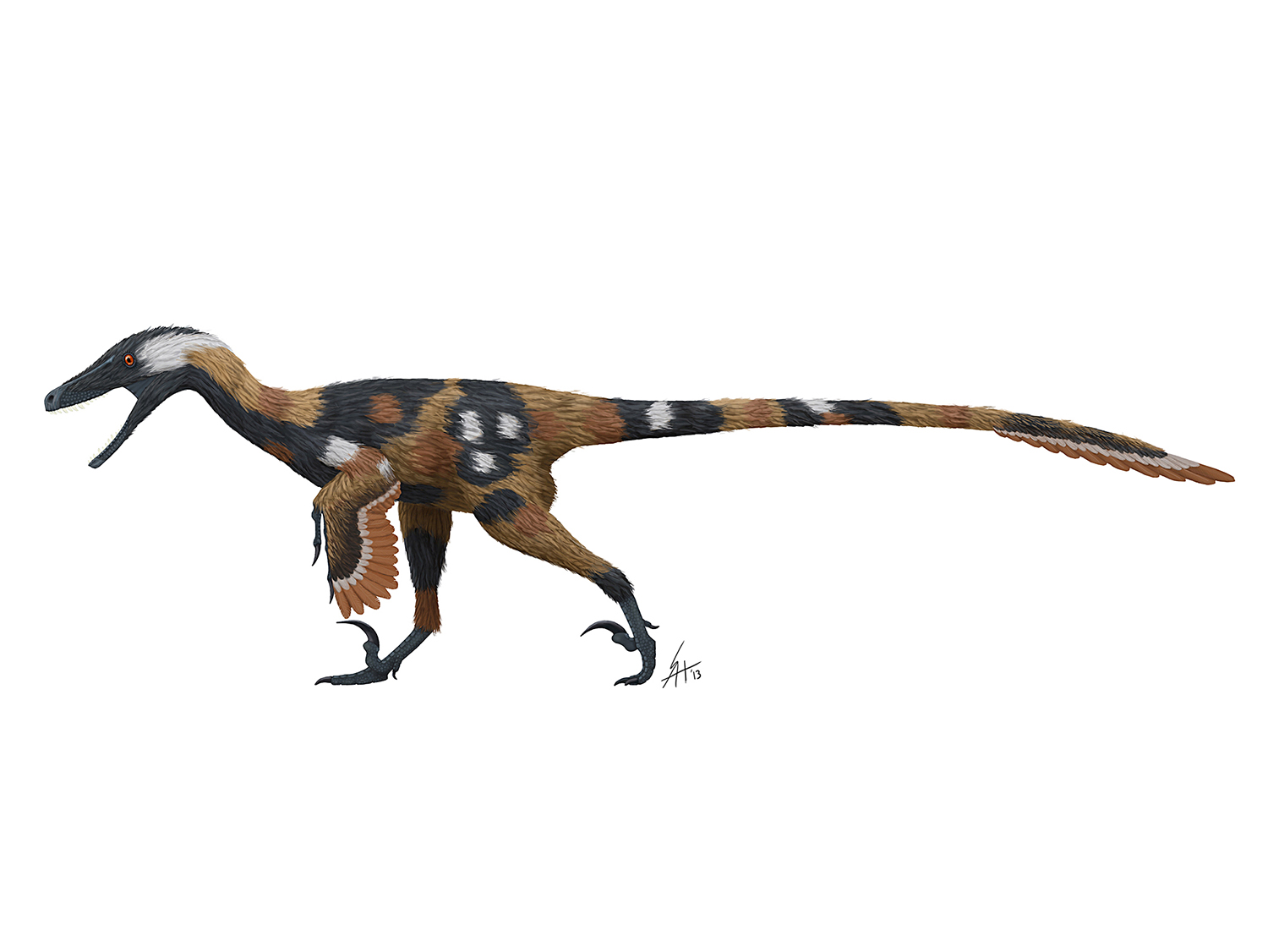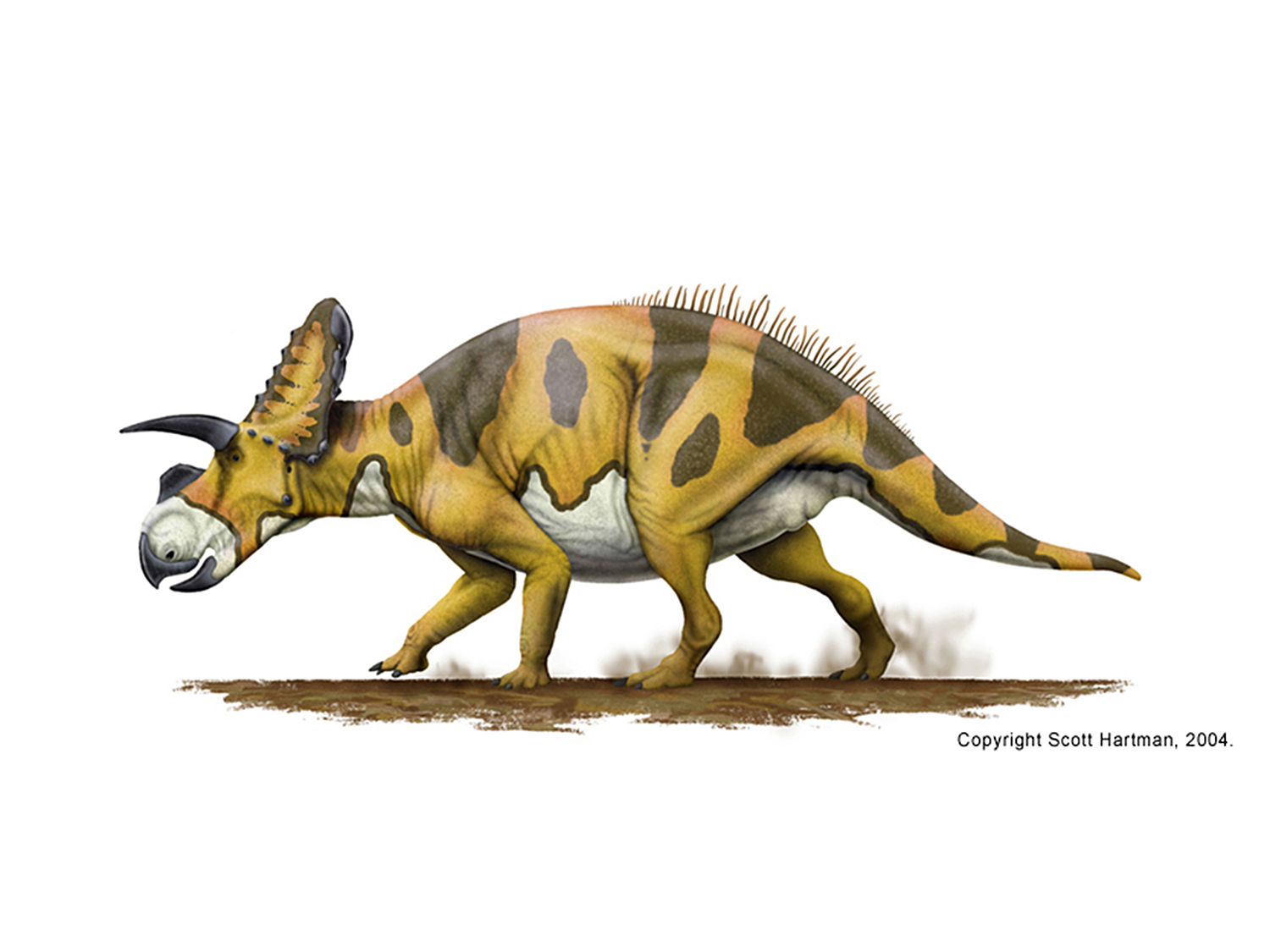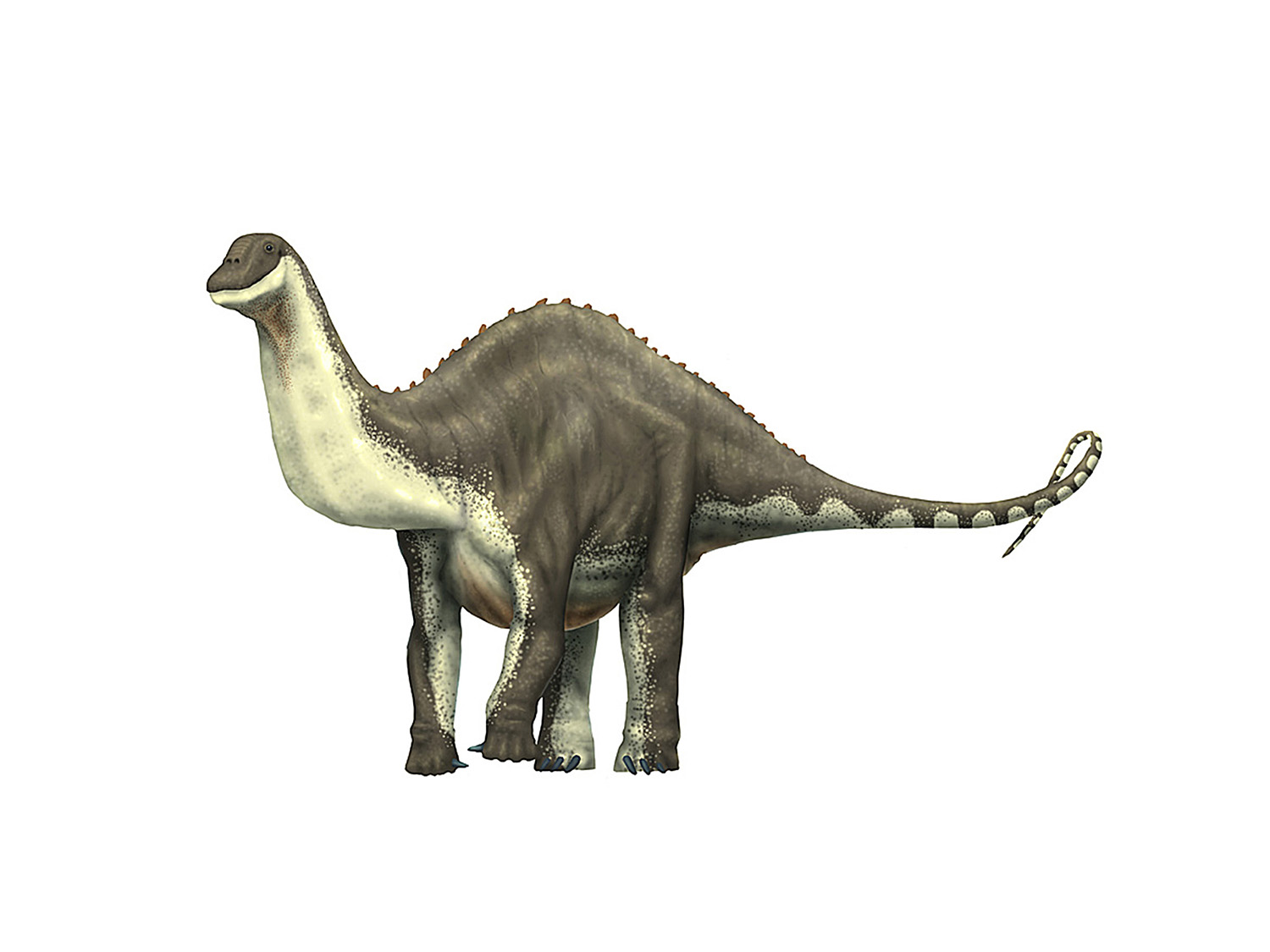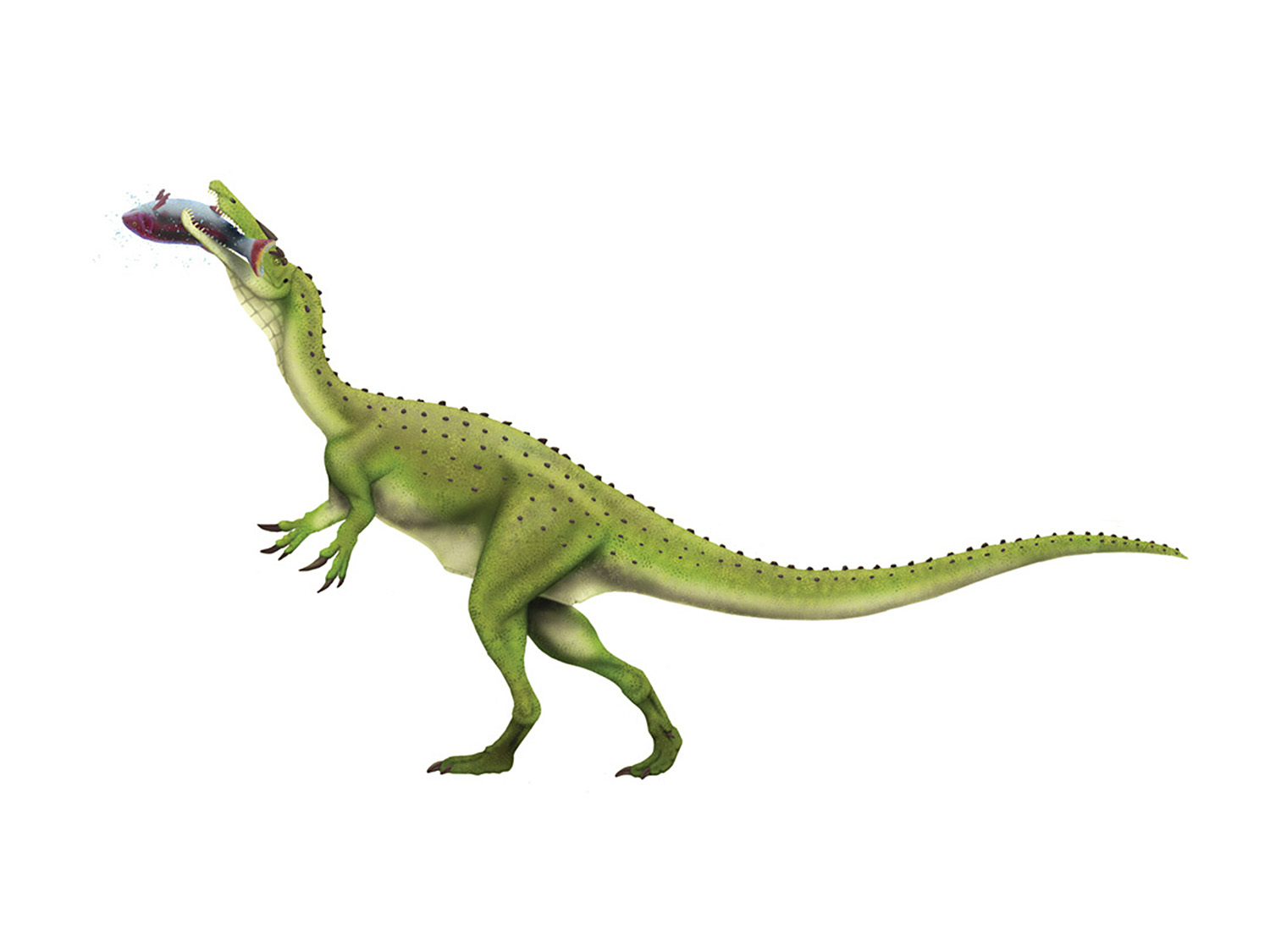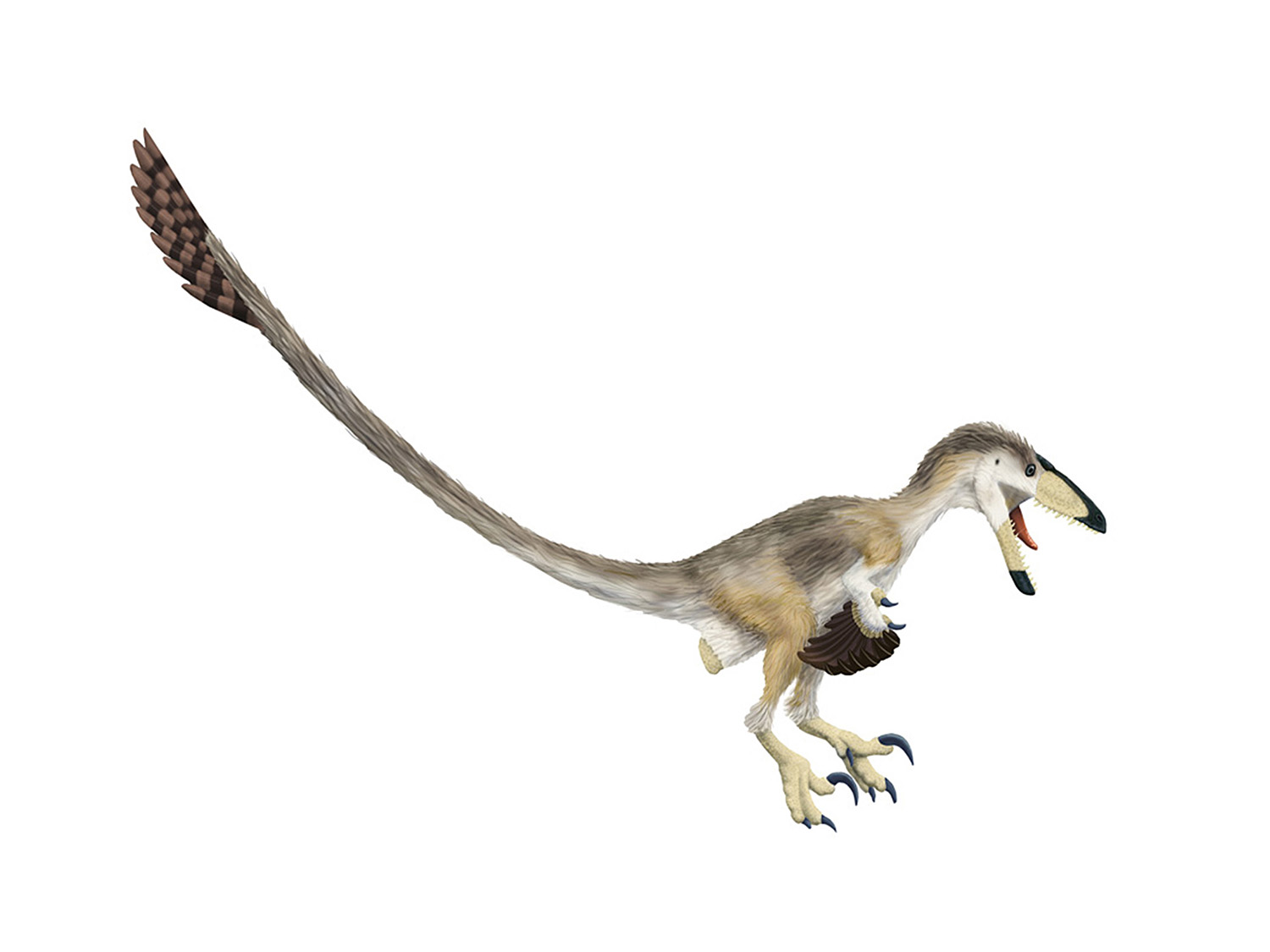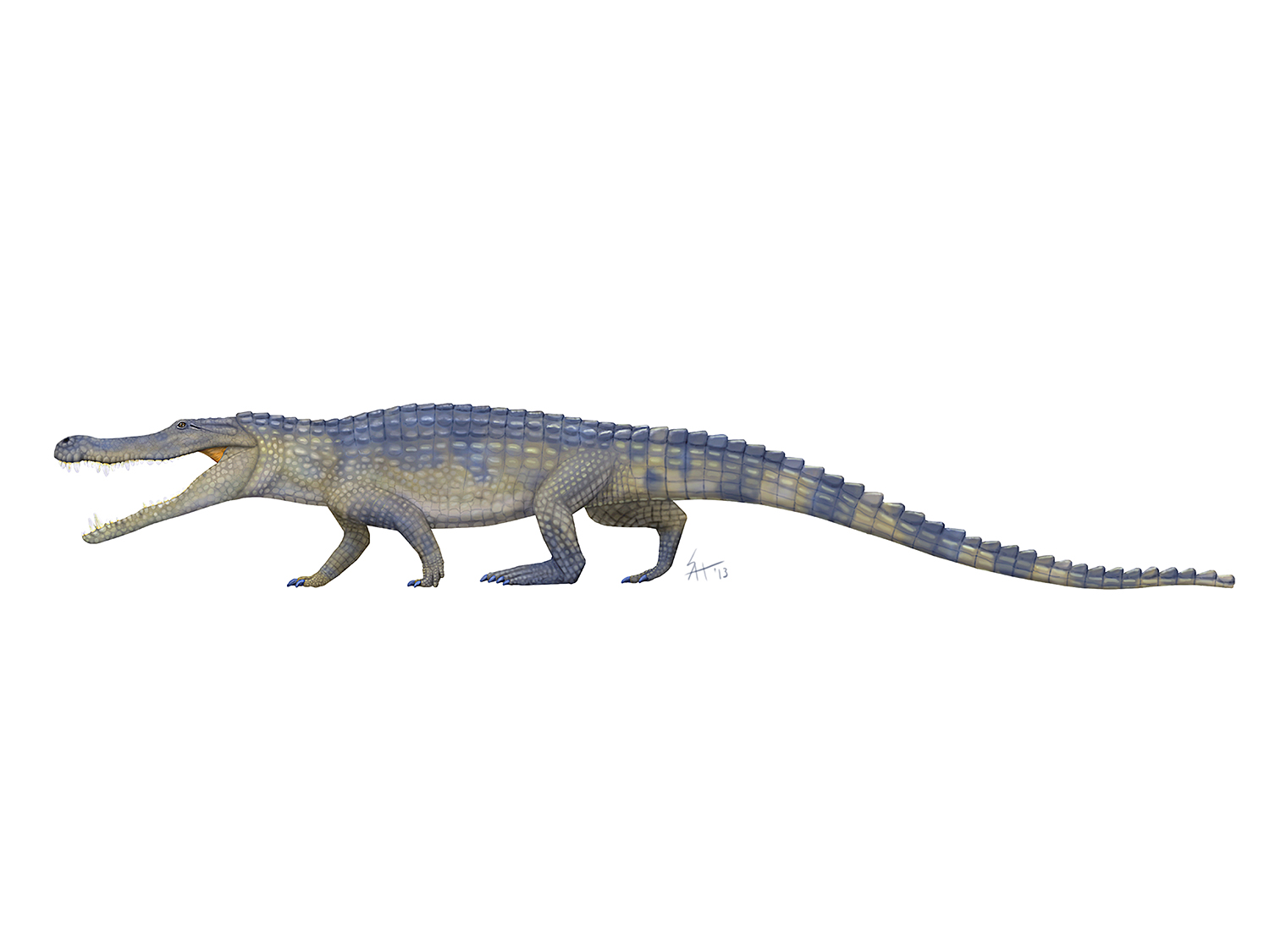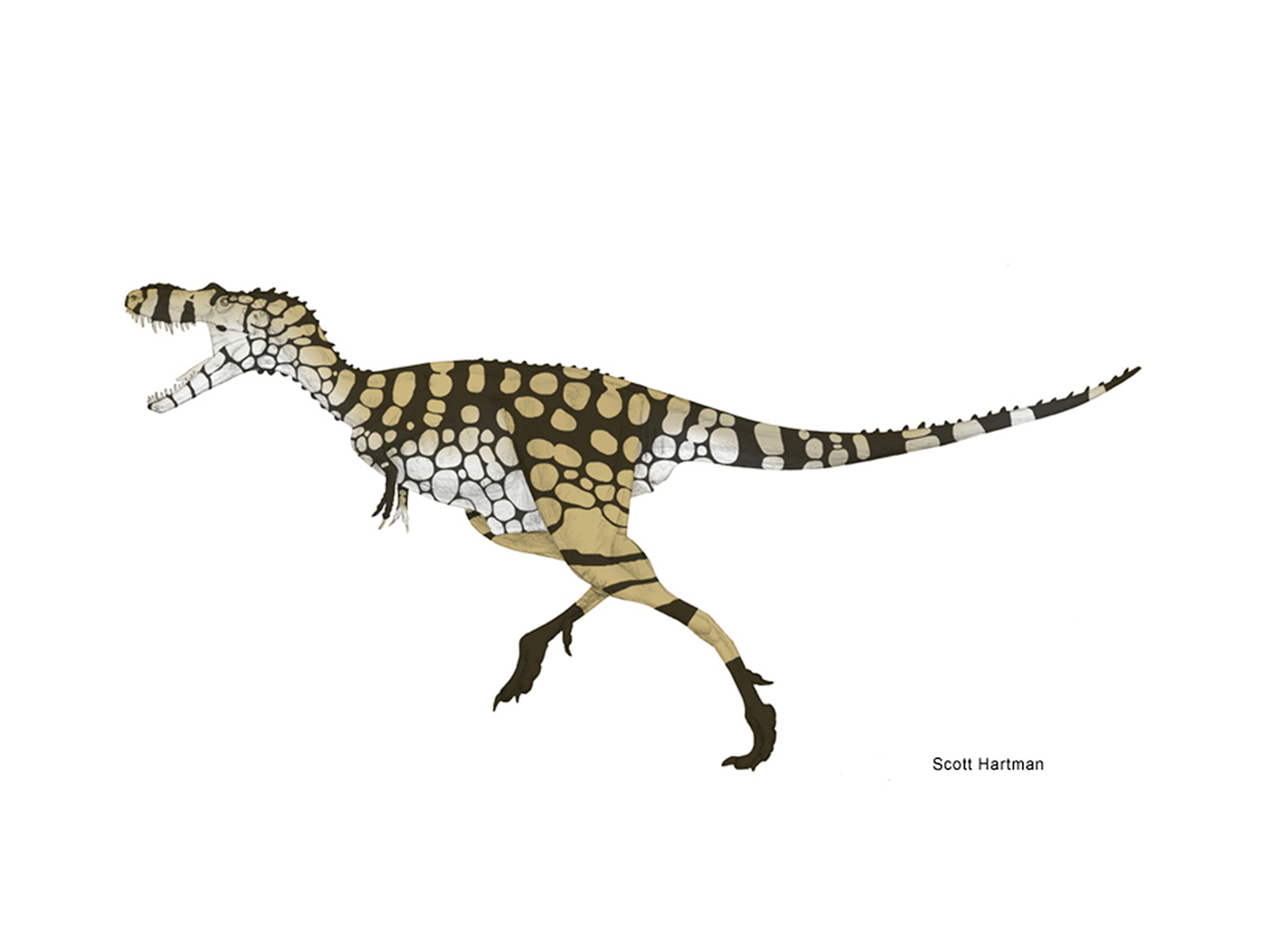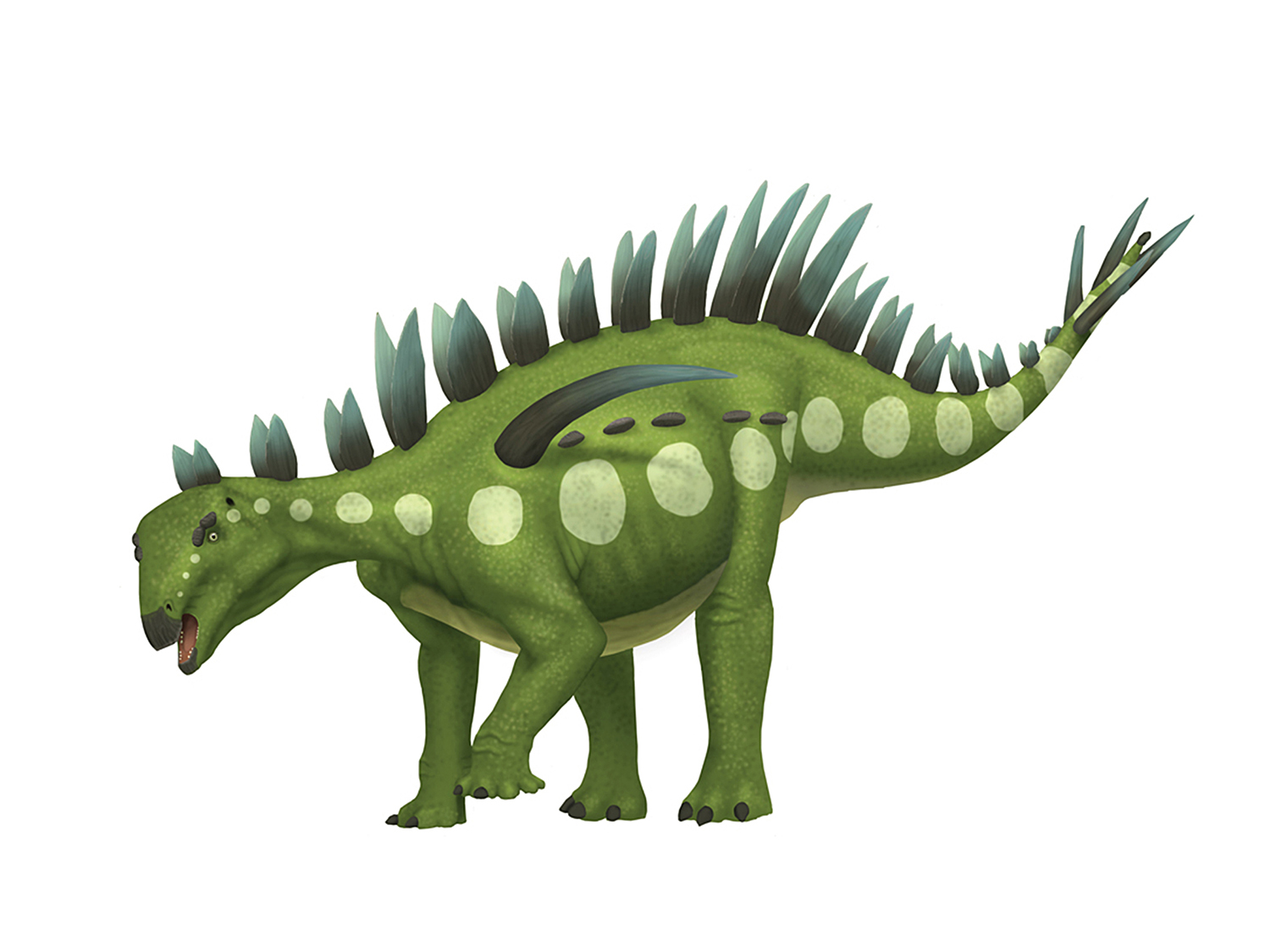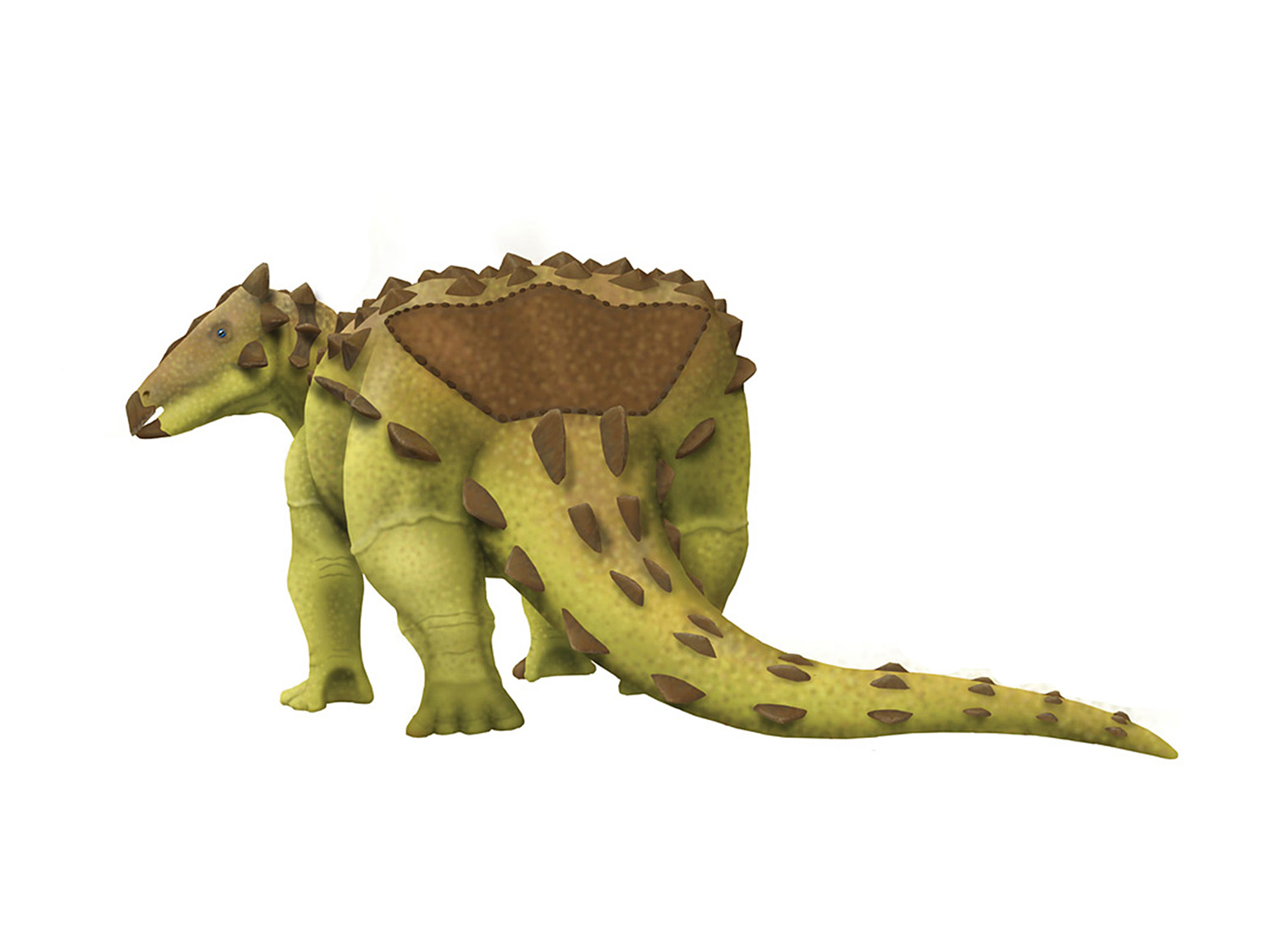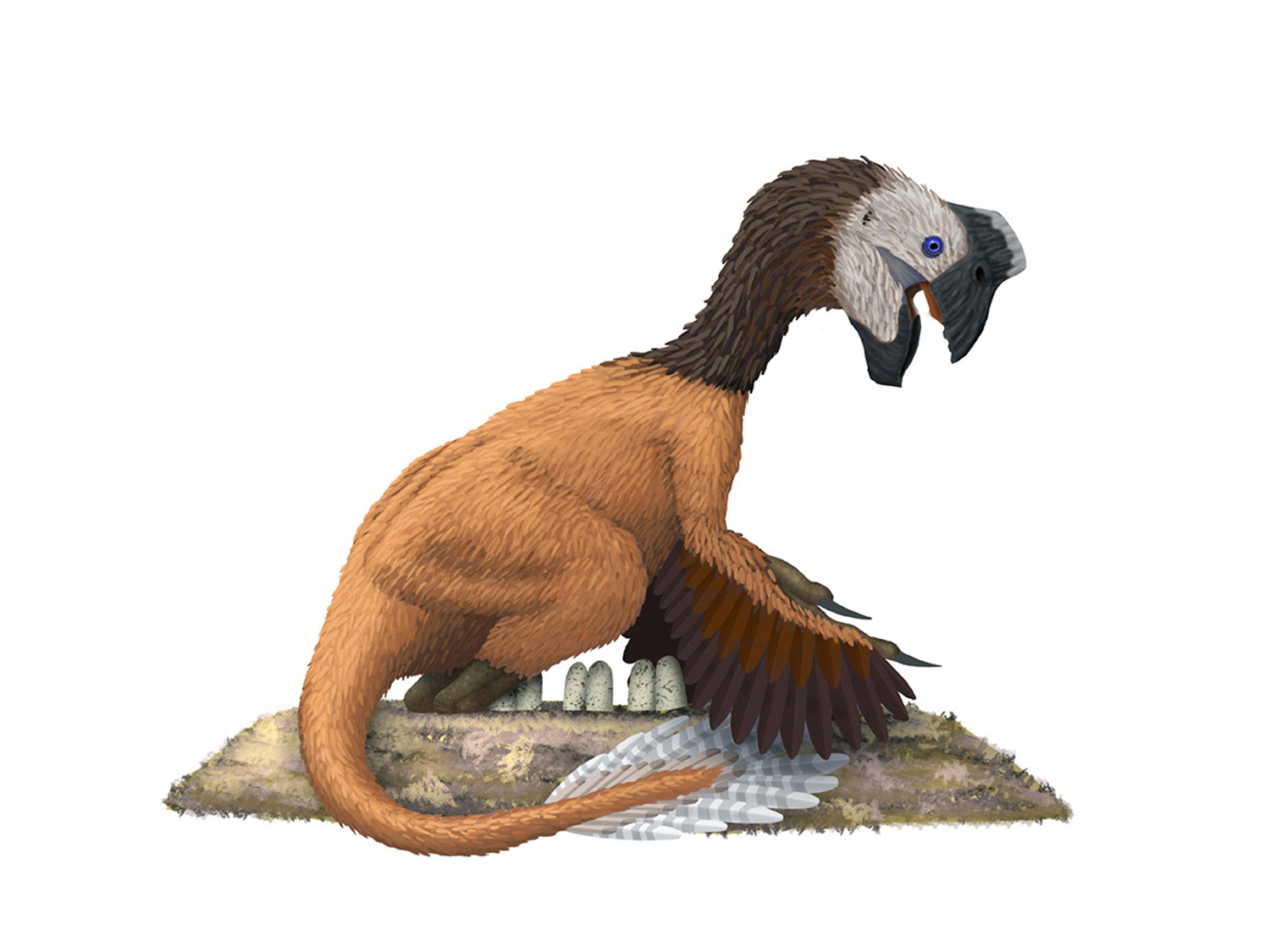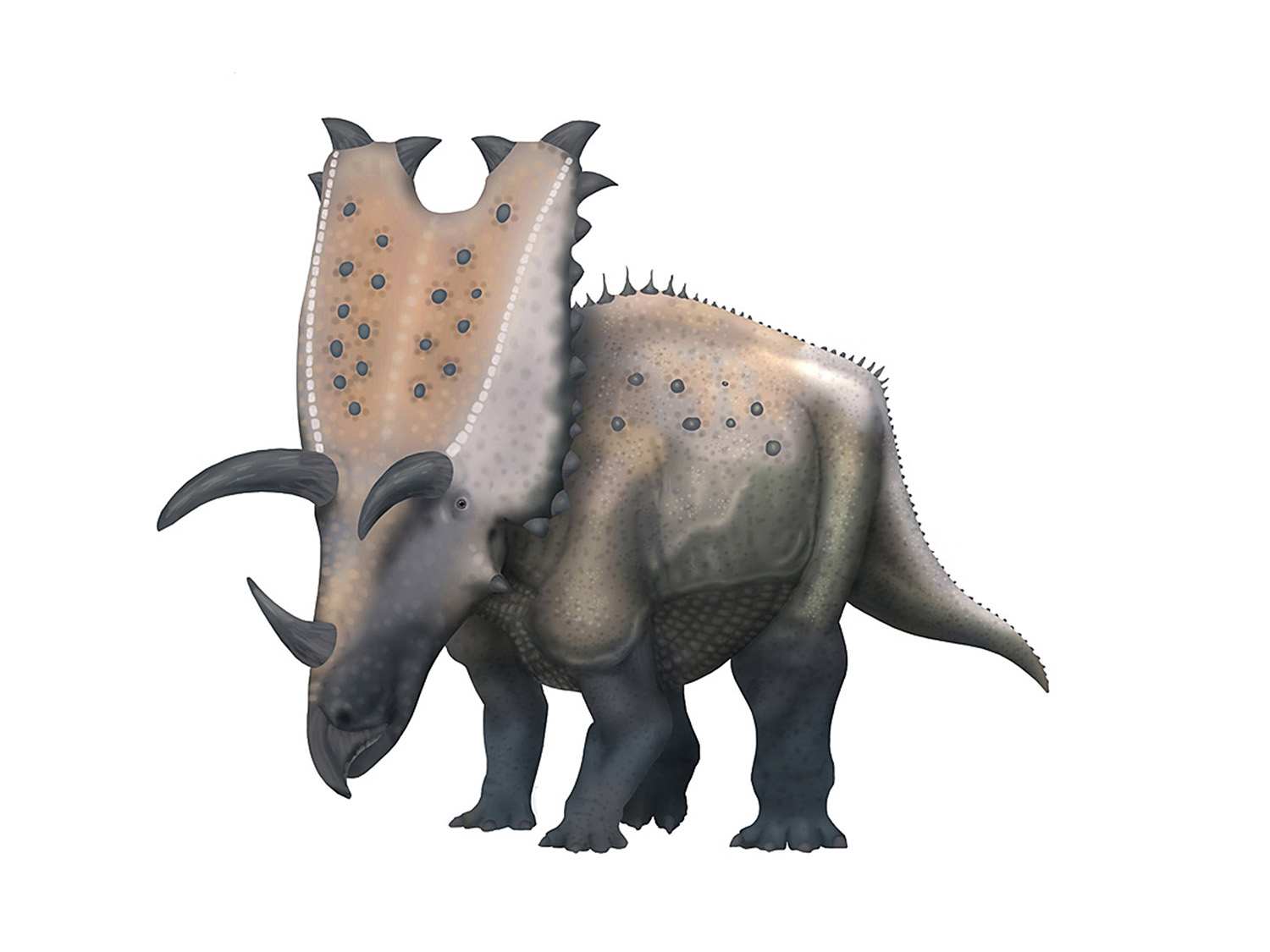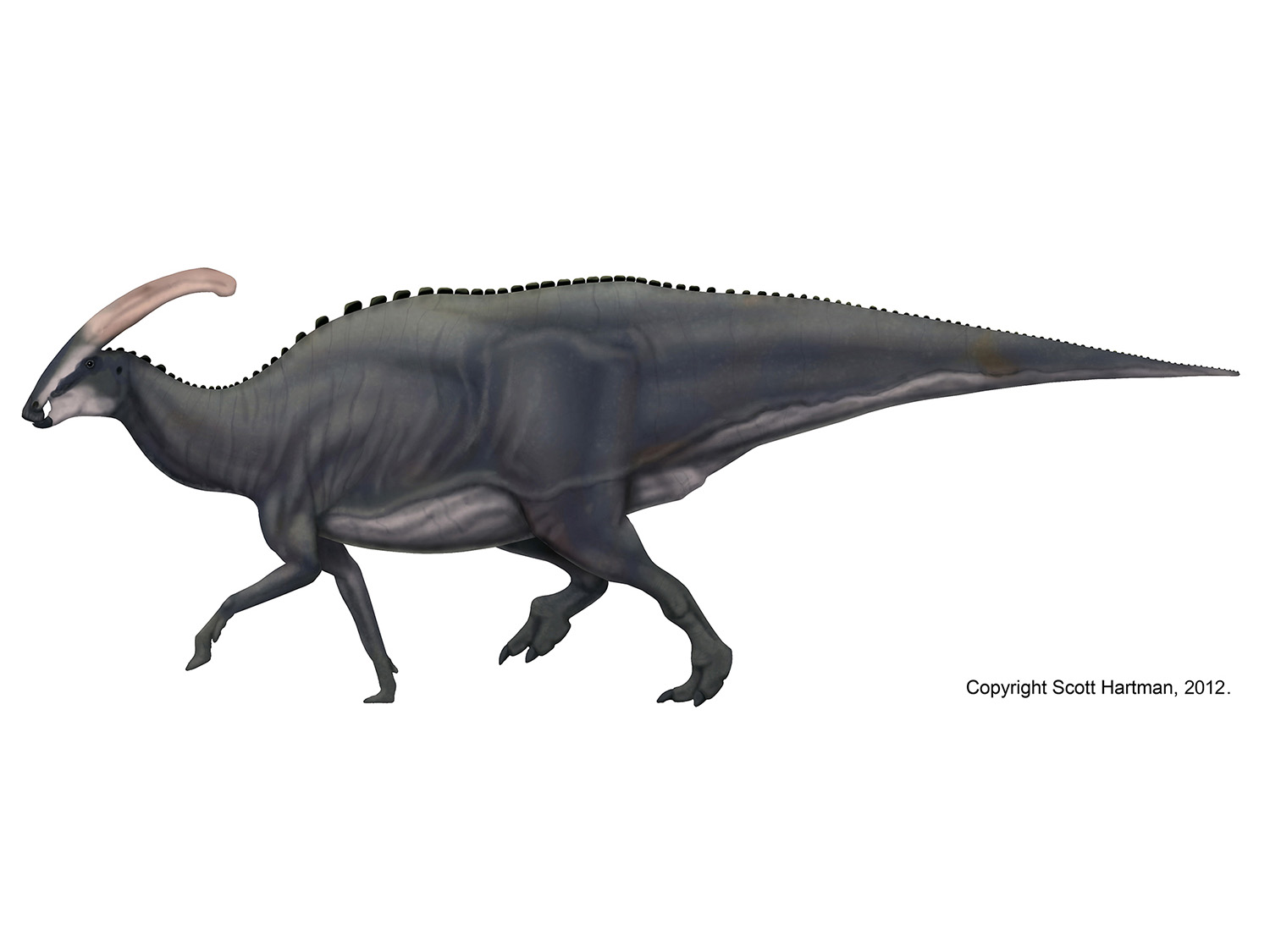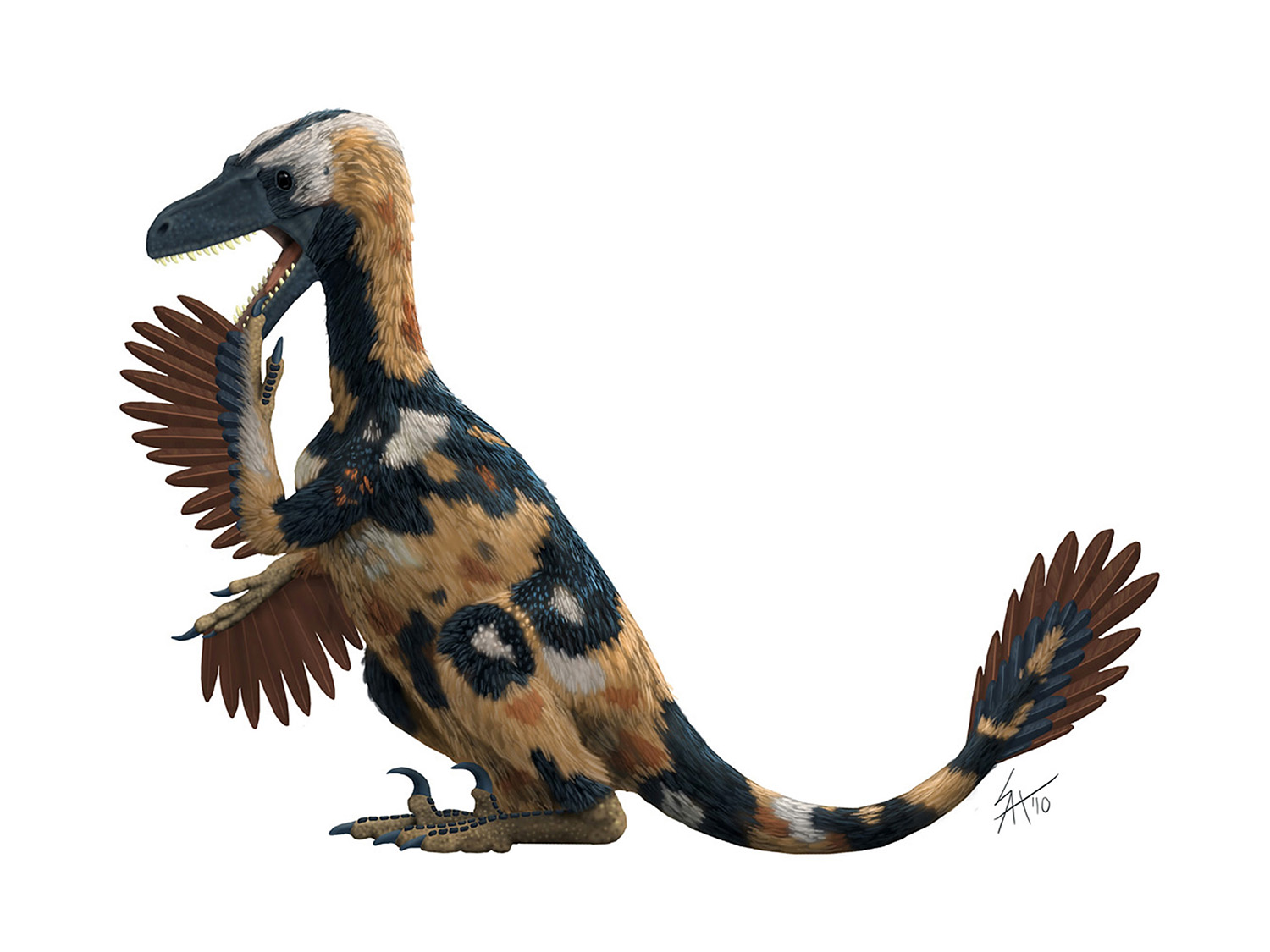Europe's Shield: The most complete European ankylosaur
/Late last year Europe got a brand-spankin' new ankylosaur, Europelta carbonensis. It's the most complete ankylosaur yet known from Europe (unless you consider Scelidosaurus to be a basal ankylosaur rather than a basal armored dinosaur). It also is going to help clear up some questions about the family tree of ankylosaurs (and especially basal nodosaurs) but that research has only been presented at SVP so far, so you'll have to wait for the paper to learn more.
A rigorous Europelta sans armor - brrrrr, he must be cold!
Speaking of papers, if you look at the scientific description of Europelta in PLOS ONE you will notice that the proportions of my skeletal reconstruction and the one in the paper are very similar. This is not in fact a coincidence, or even an example of two people independently coming to the same conclusion. Instead it results from the simple fact that I worked up a skeletal reconstruction with senior author Jim Kirkland about a year ago. You may wonder why my skeletal didn't end up in the paper - it turned out there was more work to be done on it (some new interpretations of the armor, a desire to have a top view skeletal, etc.). So Mark Loewen worked up his own skeletals utilizing some of the cross-scaling I'd done between the type and referred specimens.
That's ok by me though - I got a nice acknowledgement in the paper for my efforts, and I got to retain control of the copyright for my version of the skeletal. PLOS ONE requires all images they publish be made available under a CC BY license, which is very good for Open Access but not always so good for the illustrators that donate their work to such publications (not that it's ever stopped). It also gave me a chance to make some much needed tweaks to the armor of my skeletal before I released it.
A lot of times differences between reconstructions are swept under the rug or ignored, but those issues impact paleo artists, and those who simply want to know more about dinosaurs but don't have time to read each and every scientific paper that comes out, so I wanted to make sure to examine a few of them.
In this case there are quite a few differences between the armor I've restored here and that published in the original description. I've spoken with Jim and Mark and they actually already updated some of the discrepancies (in the paper they only show two rows of armor scutes on the neck, but it should have shown three). That's not a knock on Mark's efforts - restoring the armor of ankylosaurs can be a ridiculous test of your patience and organizational skills. Not too long ago when reconstructing Scelidosaurus I ran into similar problems, and eventually resorted to coloring in each individual scute as I drew them (coded by row) to keep the whole thing straight. And in that case I was working from an articulated specimen with the armor intact!
Despite those updates, there are still some differences in how I've reconstructed the armor. First and foremost I've simply reconstructed Europelta as being more flat-topped (and possibly somewhat wider) than Mark has. This has the effect of moving more of the scutes "upwards" on the body, onto the top of the back (rather than curving down the sides). This is more inline with articulated skeletons of other ankylosaurs, but of course basal ankylosaurs and nodosaurs are generally not known from fully-articulated skeletons, so this isn't a cut-and-dried assumption (I favor it, but clearly it's not universal).
Desperate measures were taken when reconstructing the armor of Scelidosaurus.
Second, Mark's version shows the small armor scales going further down the body, especially in the shoulder region. This may be totally correct. When restoring Edmontonia I and others generally stop illustrating the armor scales at the level of the lowest armor scutes. This appears to make sense since the famous articulated AMNH Edmontonia specimen shows exactly this. BUT! It still may not be correct, as there simply isn't preserved skin below that area (i.e. the specimen was excavated down to the skeleton below the scutes). Thus it's certainly possible that the small armor scales could have continued further down the body or limbs, and I know at least a couple of ankylosaur workers who feel that the taphonomy of some sites supports this very thing.
If that turns out to be the case, then the armor scales may not have a well-defined border as is commonly shown in most reconstructions. Indeed, there is little reason to think that the armor scales (or even the larger scutes) had a color that was massively different from the rest of the animal - in animals today with such scutes (such as alligators) there is no clear-cut differentiation in the coloration of the living animal. Something to think about the next time you try your hand at illustrating an ankylosaur.





